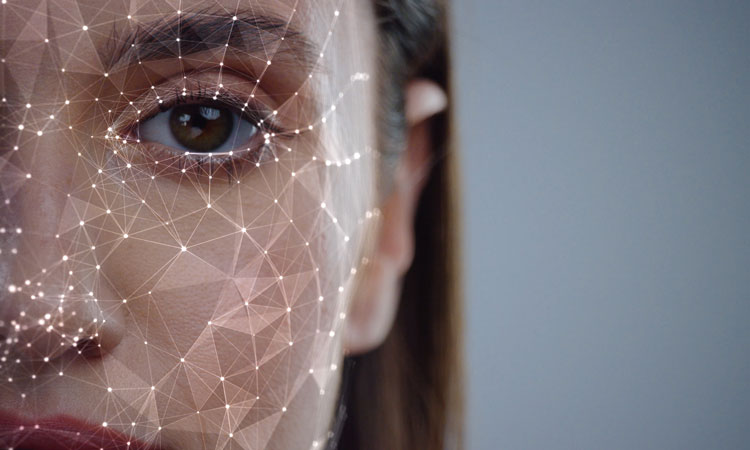Biometric solutions: An expert view
- Like
- Digg
- Del
- Tumblr
- VKontakte
- Buffer
- Love This
- Odnoklassniki
- Meneame
- Blogger
- Amazon
- Yahoo Mail
- Gmail
- AOL
- Newsvine
- HackerNews
- Evernote
- MySpace
- Mail.ru
- Viadeo
- Line
- Comments
- Yummly
- SMS
- Viber
- Telegram
- Subscribe
- Skype
- Facebook Messenger
- Kakao
- LiveJournal
- Yammer
- Edgar
- Fintel
- Mix
- Instapaper
- Copy Link
Posted: 16 June 2021 | Stephan Hirmer | No comments yet
Stephan Hirmer, Head of Passenger Processing Services & Digital Airport at Amadeus, lends his advice and expertise on biometrics, how airports should go about implementing it and how it improves the passenger experience.


At Amadeus, we believe airport biometric deployments need to be tailored to the needs of airports in general, but also to any given airport and its specific context and requirements, since no two airports are the same.
Biometric technology has transformative potential, but only if customised to the individual airport and its passengers, hence improving processes and the overall traveller experience, which will ultimately impact the airport’s financials. Investments in biometrics are best viewed holistically because benefits accrue in a number of areas and across different departments within an airport.
For example, biometric solutions offer benefits in both speed and service. Yet, to consistently improve the passenger experience, the technology should be both reliable and available across the entirety of the airport journey – from check-in to boarding, and every step in between. This is why our integrated solution can be deployed quickly at all passenger touchpoints and across all airlines.
Another key to unlocking a better end-to-end passenger experience is the need for the biometric solution to interact with airline systems in real-time. Airline systems storing passenger travel itineraries need to be fully integrated into each touchpoint; as an example, pre-security or boarding gates must be able to process real-time updates from the airline’s departure control system (DCS).
This kind of connectivity also helps to maintain a smooth experience by keeping passengers informed of the latest changes to their journey. A good example of this would be a passenger’s seat number changing prior to boarding. Without real-time interaction with airline systems, their biometric boarding gate would be unaware of this change. This could result in delays at the gate and the need for an agent to change it manually.
Of course, biometric solutions must also interact with the other IT systems in an airport. For example, they will need to receive updates from the Airport Operational Database on gate changes so that the passenger can be notified at any touchpoint, proactively, accurately and in a timely manner.
If airports wish to increase efficiency and continue to deliver frictionless services with digital identity systems, they must be properly integrated. Cloud-based solutions offer the quickest, easiest and most cost-effective route for bringing airline systems, identity management platforms, airport systems and passenger touchpoints together.
Biometric identity technology offers a host of passenger benefits, but only if it is designed specifically with airports in mind. Ultimately, ensuring success in this uniquely complex environment will require innovation led by airport specialists.
For more information, please visit: Amadeus Biometric Solutions
Issue
Related topics
Biometrics, Passenger experience and seamless travel, Security


















